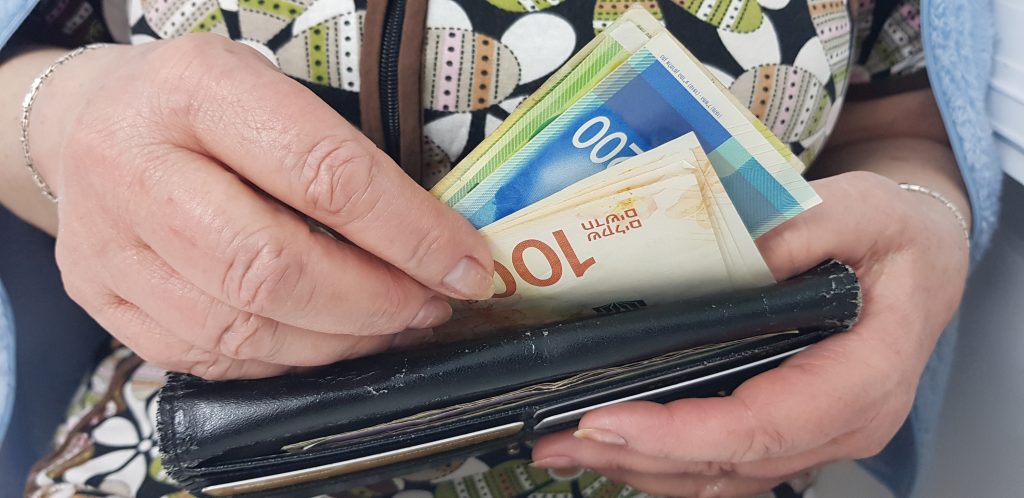SWIFT is an international, global standard, which stands for the “Society for Worldwide Interbank Financial Telecommunication.” Legally S.W.I.F.T., this institution was founded in 1973 and it is currently accepted in more than 200 countries worldwide.
BIC is an acronym for Business Identifier Code (in the past known as Bank Identifier Code). Today, SWIFT and BIC are synonymous.
Both codes, or numbers, identify the recipient bank. Nothing more.
They are all between 8 and 11 digits, and their meaning relies in the nature of the bank. The first four digits are the bank code. Then you have a two-digit country code. The character location comes next, followed by an optional 3-character branch code. Your SWIFT code is more than meets the eye.
Founded in 1973, the SWIFT is accepted in more than 200 countries globally. Since 2018, SWIFT has introduced SWIFT GPI – where “GPI” stands for Global Payments Innovation – for fast international payments in 30 minutes or less through blockchain and cryptocurrency technologies. SWIFT and other financial experts expect this to become a standard for cross-border payments by the end of 2020.
SWIFT and BIC codes are regulated under the ISO 9362 standard of the International Organization for Standardization (ISO). In Europe, you cannot make a payment without processing an International Bank Account Number (also called IBAN).
With Rewire, you can get a free EURO IBAN account instantly. It is available for you even before having a government identification number, address, or a residency permit.










